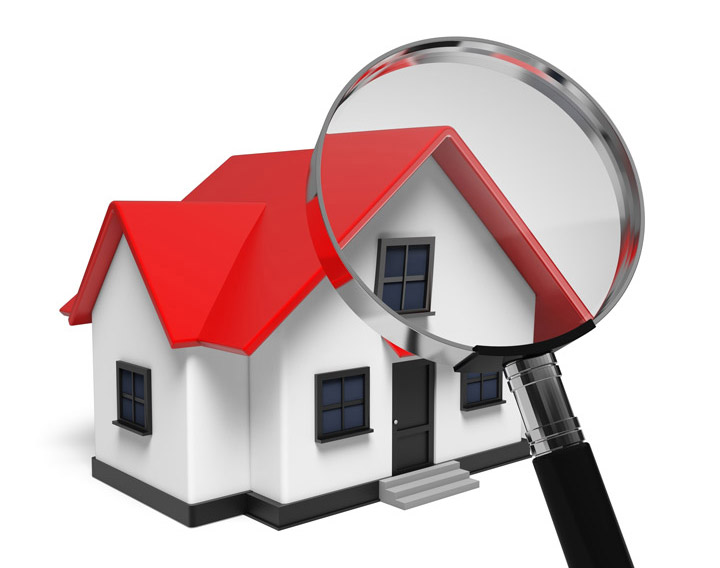
Comprehending AppraisalsAcquiring a house can be the most serious transaction many of us may ever encounter. Whether it's a primary residence, a seasonal vacation home or one of many rentals, purchasing real property is an involved financial transaction that requires multiple parties to make it all happen. Most people are familiar with the parties taking part in the transaction. The most recognizable entity in the transaction is the real estate agent. Next, the mortgage company provides the financial capital needed to bankroll the transaction. The title company makes sure that all aspects of the exchange are completed and that the title is clear to pass from the seller to the purchaser. So, what party makes sure the real estate is worth the purchase price? This is where you meet the appraiser. We provide an unbiased estimate of what a buyer might expect to pay — or a seller receive — for a parcel of real estate, where both buyer and seller are informed parties. A licensed, certified, professional appraiser from ML Appraisals will ensure, you as an interested party, are informed. Appraisals start with the property inspectionTo determine the true status of the property, it's our responsibility to first conduct a thorough inspection. We must see aspects of the property hands on, such as the number of bedrooms and bathrooms, the location, living areas, etc, to ensure they truly are present and are in the condition a typical buyer would expect them to be. To make sure the stated square footage has not been misrepresented and describe the layout of the home, the inspection often entails creating a sketch of the floorplan. Most importantly, the appraiser looks for any obvious amenities - or defects - that would have an impact on the value of the house. Following the inspection, an appraiser uses two or three approaches to determining the value of the property: a sales comparison, a replacement cost calculation, and an income approach when rental properties are prevalent. 
Cost ApproachHere, the appraiser pulls information on local construction costs, labor rates and other factors to ascertain how much it would cost to construct a property comparable to the one being appraised. This figure commonly sets the maximum on what a property would sell for. The cost approach is also the least used predictor of value. 
Sales ComparisonAppraisers get to know the neighborhoods in which they work. They thoroughly understand the value of specific features to the homeowners of that area. Then, the appraiser researches recent sales in the vicinity and finds properties which are 'comparable' to the subject at hand. Using knowledge of the value of certain items such as square footage, extra bathrooms, hardwood floors, fireplaces or view lots (just to name a few), we adjust the comparable properties so that they are more accurately in line with the features of subject property.
A valid estimate of what the subject might sell for can only be determined once all differences between the comps and the subject have been evaluated. At ML Appraisals, we are an authority in knowing the value of particular items in Washington and Washington County neighborhoods. The sales comparison approach to value is typically awarded the most importance when an appraisal is for a home exchange. Valuation Using the Income ApproachA third way of valuing a house is sometimes employed when a neighborhood has a reasonable number of rental properties. In this scenario, the amount of revenue the real estate produces is factored in with income produced by similar properties to derive the current value. Putting It All TogetherCombining information from all applicable approaches, the appraiser is then ready to document an estimated market value for the property at hand. Note: While the appraised value is probably the best indication of what a property is worth, it probably will not be the price at which the property closes. It's not uncommon for prices to be driven up or down by extenuating circumstances like the motivation or urgency of a seller or 'bidding wars'. Regardless, the appraised value is often employed as a guideline for lenders who don't want to loan a buyer more money than the property is actually worth. Here's what it all boils down to, an appraiser from ML Appraisals will guarantee you discover the most accurate property value, so you can make wise real estate decisions. |